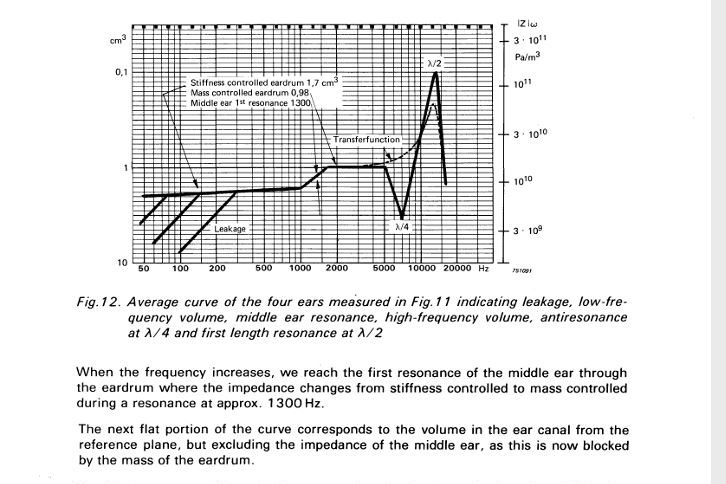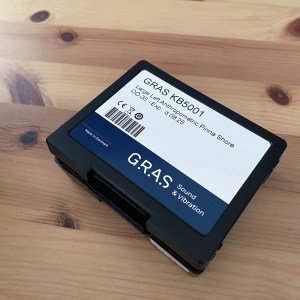
Short version of the story:
Apologies for the silence over the last few weeks. I am happy to announce that a set of industrial standard measurement rig has been acquired: the G.R.A.S. 43AG-4 which consists of the RA0045-S1 prepolarised ear simulator and the KB5000 anthropometric pinna (with my own money, btw, as I am 100% independent). Some parts have arrived others en route to me and I still need a bit more time to test them and get them running properly.
Right now, I’ve already produced a few raw measurements using the trial equipment, as shown below. Do note that these are subject to change/calibration.



The full set should arrive in a week or so. So, stay tuned for another update. And that’s it about the secret in the bottom left widget region of the website (GRAS KB5000). You’re welcome to guess what the others are. 🙂

Extra info for the nerds:
Before this, I have been using one of the popular Aliexpress rigs similar to that used by many other reviewers. Those are highly similar (in fact more like clones) of the GRAS rig but with several oddities. After some adjustments and caliration using available data online, the rig was able to generate acceptable results, but I slowly discovered its more significant shortcomings.
Most importantly, the pinnae that it came with are way too rigid for simulating the human ear, making it resiliant to deformation when a headphone is coupled. This is particularly problematic for headphones that would touch and press down on the pinna, such as the Grado on-ears. When measuring headphones a pinna simulator should, according to ITU-T P.57 recommendation, be in 35 OO Shore hardness and the Aliexpress pinna is clearly way stiffer than that. As a result, the acoustic impedance and deformation characteristics of this pinna would be quite different than an actual human ear therefore unsuited for measuring headset sound quality. A single calibration file would not be able to address the discrepencies in acoustic properties given how each headphone would couple with the rig differently.
Furthermore, the GRAS KB500X pinna pertains to a meaningful improvement over non-anatomically shaped ear simulators like the original KB0065 (55 OO Shore) that the Aliexpress rig is based on where the ear canal extension part is simply cylindrical steel. The new anthropometric pinna, made with soft silicone, have improved concha and ear canal shaped to closely mimic the actual human ear hence able to render more realistic ear gain (particularly between 2 to 6khz).
In summary:
- the GRAS 43AG-4 rig conforms to both the IEC 60318-4 standard as well as the ITU-T P.57 recommendation for headset and earphone measurement
- results will be basically comparable to measurements done by other G.R.A.S. rig, such as
- not 100% comparable because
- the ordinary IEC60318-4 coupler RA0045-S1 is used instead of the hires couplers
- consequently, results may different above 10khz or so depending on the DUT
- this is mainly due to the 13.5khz first length resonance present in 60318-4 couplers
- the magnitude of this resonance is reduced/damped on the hires couplers
- at any rate, measurements done in the IEC60318-4 standard are not rated for accuracy above 10khz
- here, the more important thing is generating reliable results at lower frequencies comparable to other measurement sources
- why didn’t you get the hires coupler to make results completly comparable with the big guys? Well, I am no professional reviewer nor a billionaire 🙂
Key references (hyperlinked):
The IEC 60318-4 standard that everybody knows about:

Brüel & Kjær research on the acoustic impedance properties of the human ear:

Differences between the normal GRAS 60318-4 coupler RA0045-S1 and its high-frequency counterpart RA0402:

ITU-T recommendation P.57 for headset measurement:

Endnotes
People say you got to move on. But it’s not that the old data would be entirely irrelevant. The old measurements still hold some relevance as I’ve used calibrations in the past to mimic measurements from the 43AG. As I continue to use both rigs, I can measure on both to enable comparisons. However, it’s important to note that results from the new rig should not be directly compared to those from the old one due to differences in pinnae used, although both rigs conform to IEC 60318-4 couplers.
So, that’s it about the fate of this measurement blog. It started as a little corner (and still is) for me to organise my notes and measurement data which I would do anyway as I like to find out about how headphones are tuned, how they measure, and what could be done to improve the sound. So, I thought it might be useful to make this data available to others. I hope that it has served its purpose to some extent and some of you have found it helpful.


One thought on “Moving to industrial standard measurement rig GRAS 43AG”